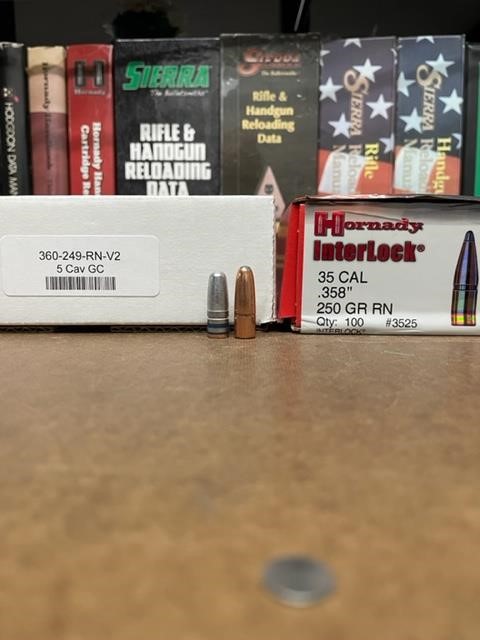Ken Campbell Iowa
posted this
09 March 2022
i think
that shoot-for-score mj benchresters shoot 30 cal because the fatter but heavier bullets make for up the very slight loss in ease of accuracy compared to lighter PPC 6mm 65 gr bullets ... by easier touching the scoring rings simply because they punch a bigger hole. rifles with130 gr 30 cal recoil jump less than 163 gr 30 cal. so at 100 yards the compromise favors the lighter but fatter bullets. also, these guys build the rifles to the optimum for the lighter 30 cal bullets ... custom barrels with twist just fast enough to stabilize bullets at the range they are shooting ... 14-15-16 twist .
apparently even with near-perfect custom mj bullets, the slower twists aggravate less the teensy imperfections as the bullet leaves the muzzle.
*******************
our silly-putty lead bullets by the time they leave the muzzle have more imperfections ... most of them incurred in the first inch of travel ... so one might think that>>
longer bullets are proportionally less distorted in that first inch.
maybe the little gremlin that takes a whack at each bullet in that first inch only has so big a hammer ...
makes it fun, don't it ... ?
ken






















